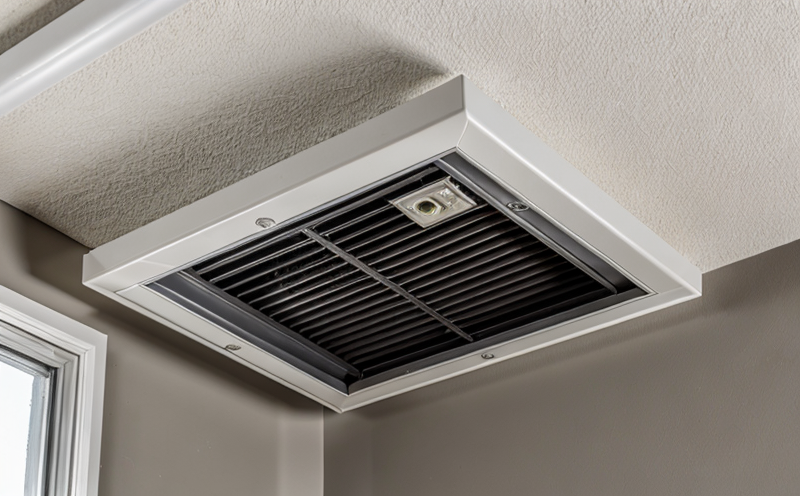Evaluating Moisture Management in HVAC Ductwork
Evaluating Moisture Management in HVAC Ductwork A Crucial Service for Optimal Indoor Air Quality and Energy Efficiency
As a business owner, you understand the importance of maintaining a comfortable and healthy indoor environment for your employees, customers, and assets. However, did you know that moisture management in HVAC ductwork can significantly impact the air quality, energy consumption, and overall performance of your building? At Eurolab, our expert laboratory services specialize in Evaluating Moisture Management in HVAC Ductwork, a critical assessment that ensures your ducts are functioning efficiently and safely.
Why Evaluate Moisture Management in HVAC Ductwork?
Moisture management is a crucial aspect of maintaining optimal indoor air quality and energy efficiency. When moisture accumulates in HVAC ductwork, it can lead to
Increased risk of mold growth Mold spores can spread throughout the building, causing respiratory issues and other health problems.
Reduced system performance Excess moisture can cause corrosion, freeze damage, and equipment malfunction, leading to costly repairs and replacements.
Higher energy bills Moisture accumulation can reduce the efficiency of your HVAC system, increasing energy consumption and expenses.
Key Benefits of Evaluating Moisture Management in HVAC Ductwork
Our laboratory services provide a comprehensive evaluation of moisture management in your HVAC ductwork, offering numerous benefits, including
Improved Indoor Air Quality By identifying and addressing moisture-related issues, we help maintain a healthy indoor environment for everyone.
Increased Energy Efficiency Our expert analysis ensures that your HVAC system operates at optimal levels, reducing energy consumption and expenses.
Extended System Life By detecting potential problems early on, we help extend the lifespan of your equipment and reduce maintenance costs.
Compliance with Regulations We ensure that your building meets or exceeds industry standards for indoor air quality and moisture management.
A Closer Look at Our Laboratory Services
At Eurolab, our Evaluating Moisture Management in HVAC Ductwork service includes
Duct Inspection A thorough visual examination of your ductwork to identify signs of moisture damage, corrosion, or other issues.
Moisture Testing Advanced testing methods to measure the level of moisture present in your ducts and identify potential sources of excess moisture.
Analysis and Reporting Our expert technicians analyze the data collected during the inspection and provide a comprehensive report outlining recommendations for improvement.
Frequently Asked Questions (FAQ)
Here are some common questions about Evaluating Moisture Management in HVAC Ductwork
Q What is the difference between a duct inspection and a moisture test?
A A duct inspection involves a visual examination of your ductwork to identify signs of damage or issues, while a moisture test measures the level of moisture present in your ducts.
Q How often should I have my HVAC ductwork evaluated for moisture management?
A Its recommended to perform regular evaluations every 1-3 years, depending on usage and environmental conditions.
Q What are the benefits of addressing moisture-related issues early on?
A Early detection and treatment can prevent costly repairs, reduce energy consumption, and maintain indoor air quality.
Conclusion
Evaluating Moisture Management in HVAC Ductwork is a critical service that ensures your building maintains optimal indoor air quality, energy efficiency, and system performance. At Eurolab, our expert laboratory services provide a comprehensive evaluation of moisture management in your ductwork, offering numerous benefits and peace of mind. Contact us today to schedule an appointment for your Evaluating Moisture Management in HVAC Ductwork service.
Additional Resources
Whitepaper The Importance of Moisture Management in HVAC Ductwork
Case Study Successful Case Study Evaluating Moisture Management in HVAC Ductwork at XYZ Corporation
Infographic Moisture Management in HVAC Ductwork Key Facts and Statistics




